Yellow spaghetti, often referred to as “spaghetti gialli” in Italian cuisine, offers a unique twist to the classic pasta dish. With its vibrant hue and delightful flavor, yellow spaghetti has gained popularity among food enthusiasts around the world. In this article, we will delve into the origins, preparation, and potential business opportunities associated with this savory treat. 1. Unveiling the Origins: Yellow spaghetti originated in Italy, particularly in regions like Emilia-Romagna, where traditional pasta-making techniques have been perfected for centuries. It owes its distinct color to the incorporation of natural food dyes derived from vegetables like tomatoes, saffron, or turmeric. This vibrant hue not only adds visual appeal but also enhances the overall dining experience.
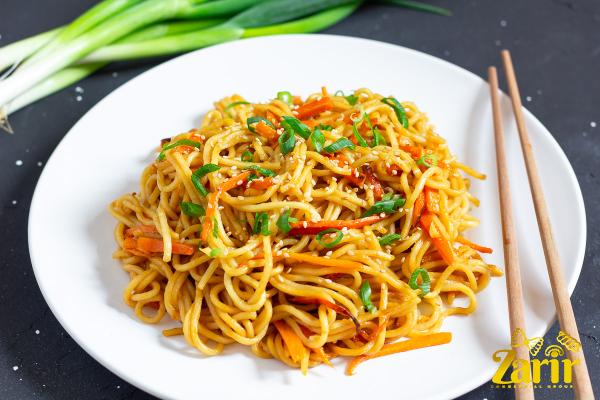
.
 2. Crafting the Perfect Recipe: To achieve the true essence of yellow spaghetti, careful attention must be paid to both the pasta and the sauce. The pasta itself is typically made by combining durum wheat flour, water, and the chosen food dye ingredient. The resulting dough is then rolled out and cut into thin strips, giving birth to vibrant yellow spaghetti. When it comes to the sauce, the options are endless. From creamy carbonara to tangy tomato-based sauces, the versatility of yellow spaghetti allows for a wide range of flavorful combinations that cater to diverse palates. The vibrant color of the pasta further amplifies the aesthetic appeal of the dish. 3. The Allure for Restaurants: For restaurant owners, offering yellow spaghetti on their menus can be a unique selling point that sets them apart from competitors.
2. Crafting the Perfect Recipe: To achieve the true essence of yellow spaghetti, careful attention must be paid to both the pasta and the sauce. The pasta itself is typically made by combining durum wheat flour, water, and the chosen food dye ingredient. The resulting dough is then rolled out and cut into thin strips, giving birth to vibrant yellow spaghetti. When it comes to the sauce, the options are endless. From creamy carbonara to tangy tomato-based sauces, the versatility of yellow spaghetti allows for a wide range of flavorful combinations that cater to diverse palates. The vibrant color of the pasta further amplifies the aesthetic appeal of the dish. 3. The Allure for Restaurants: For restaurant owners, offering yellow spaghetti on their menus can be a unique selling point that sets them apart from competitors.
..
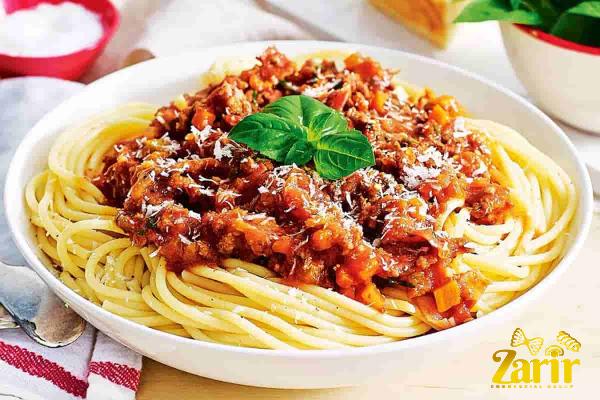 By providing customers with a visually captivating and delectable pasta option, establishments can attract a wider customer base and create a memorable dining experience. It can also serve as a potential signature dish that enhances brand recognition and fosters customer loyalty. 4. Product Diversification: Beyond restaurant offerings, yellow spaghetti presents opportunities for product diversification in the food industry. Pasta manufacturers can consider expanding their product lines to include yellow spaghetti, providing a niche product for customers seeking variety and innovation. Additionally, partnering with local chefs or restaurants to create customized yellow spaghetti recipes can further showcase the versatility of this culinary delight. 5. Capitalizing on Health Consciousness: In recent times, health-conscious consumers have increasingly sought healthier and visually appealing options when dining out or cooking at home.
By providing customers with a visually captivating and delectable pasta option, establishments can attract a wider customer base and create a memorable dining experience. It can also serve as a potential signature dish that enhances brand recognition and fosters customer loyalty. 4. Product Diversification: Beyond restaurant offerings, yellow spaghetti presents opportunities for product diversification in the food industry. Pasta manufacturers can consider expanding their product lines to include yellow spaghetti, providing a niche product for customers seeking variety and innovation. Additionally, partnering with local chefs or restaurants to create customized yellow spaghetti recipes can further showcase the versatility of this culinary delight. 5. Capitalizing on Health Consciousness: In recent times, health-conscious consumers have increasingly sought healthier and visually appealing options when dining out or cooking at home.
…
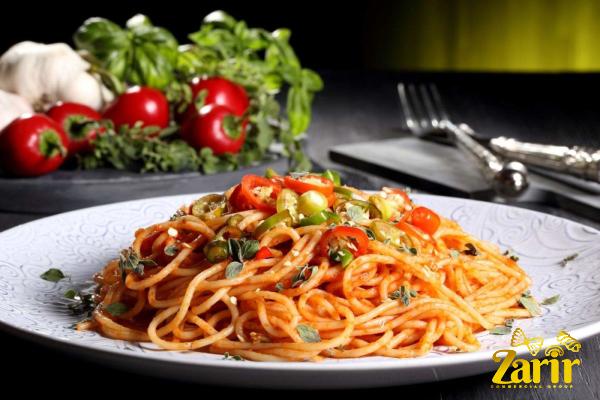 Yellow spaghetti, with its natural food dyes, can cater to these demands. Promoting the use of organic and locally sourced ingredients can further align yellow spaghetti with current health and sustainability trends, appealing to a broader customer base. Conclusion: The vibrant and tantalizing nature of yellow spaghetti has made it a sought-after culinary delight in several parts of the world. From its origins in Italy to its expanding popularity on menus and in households globally, the market potential for yellow spaghetti is ripe with opportunities. By capitalizing on its alluring color, distinct flavor, and versatility, both restaurateurs and food manufacturers can tap into an ever-growing customer demand for unique pasta experiences.
Yellow spaghetti, with its natural food dyes, can cater to these demands. Promoting the use of organic and locally sourced ingredients can further align yellow spaghetti with current health and sustainability trends, appealing to a broader customer base. Conclusion: The vibrant and tantalizing nature of yellow spaghetti has made it a sought-after culinary delight in several parts of the world. From its origins in Italy to its expanding popularity on menus and in households globally, the market potential for yellow spaghetti is ripe with opportunities. By capitalizing on its alluring color, distinct flavor, and versatility, both restaurateurs and food manufacturers can tap into an ever-growing customer demand for unique pasta experiences.


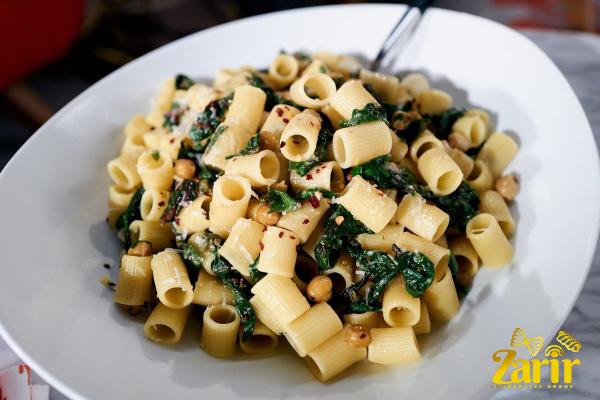
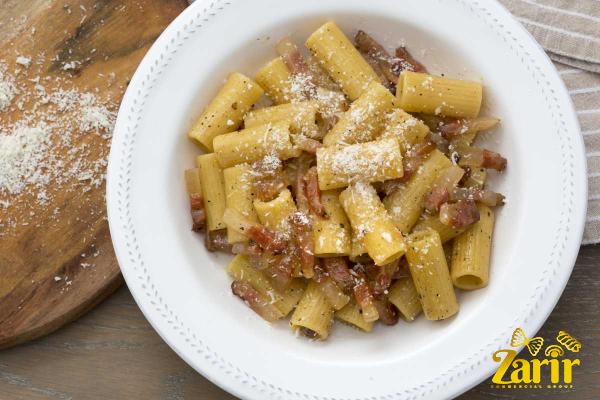





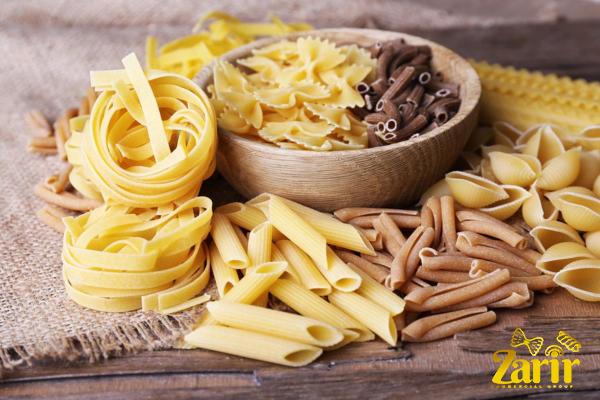
Your comment submitted.